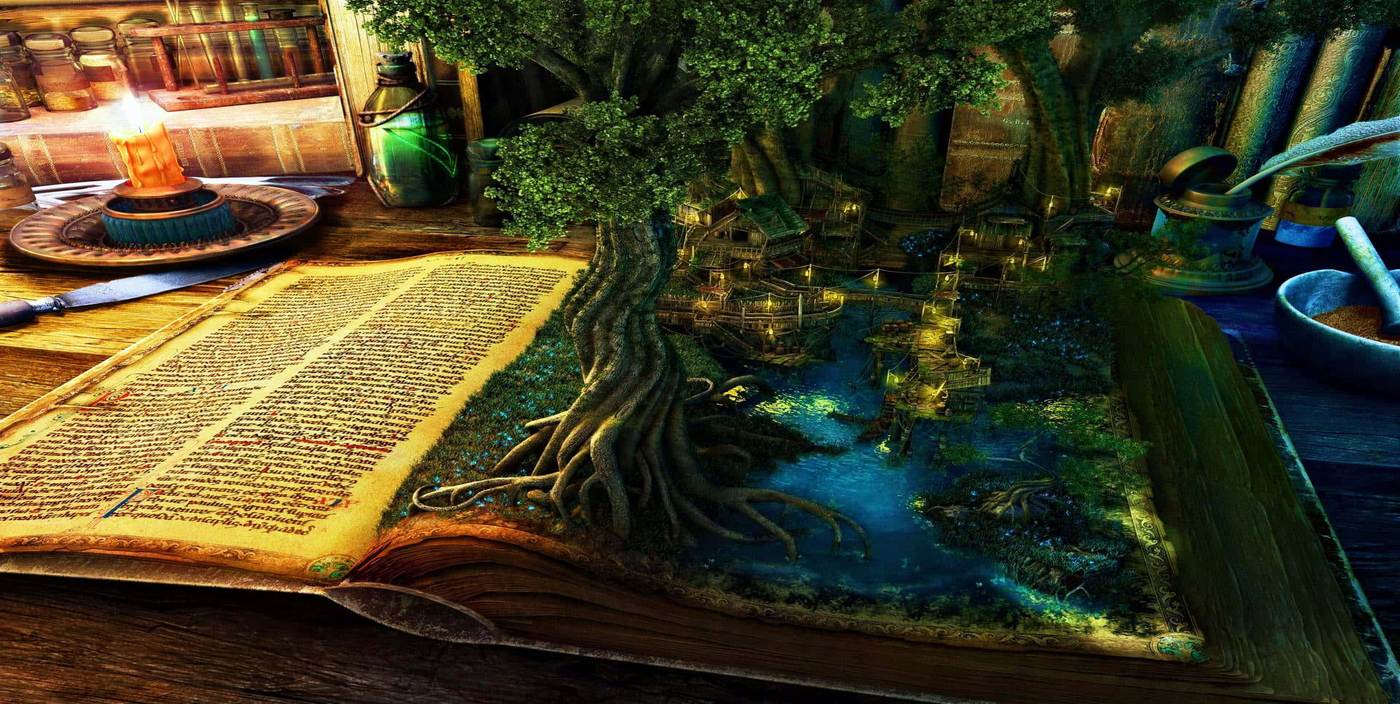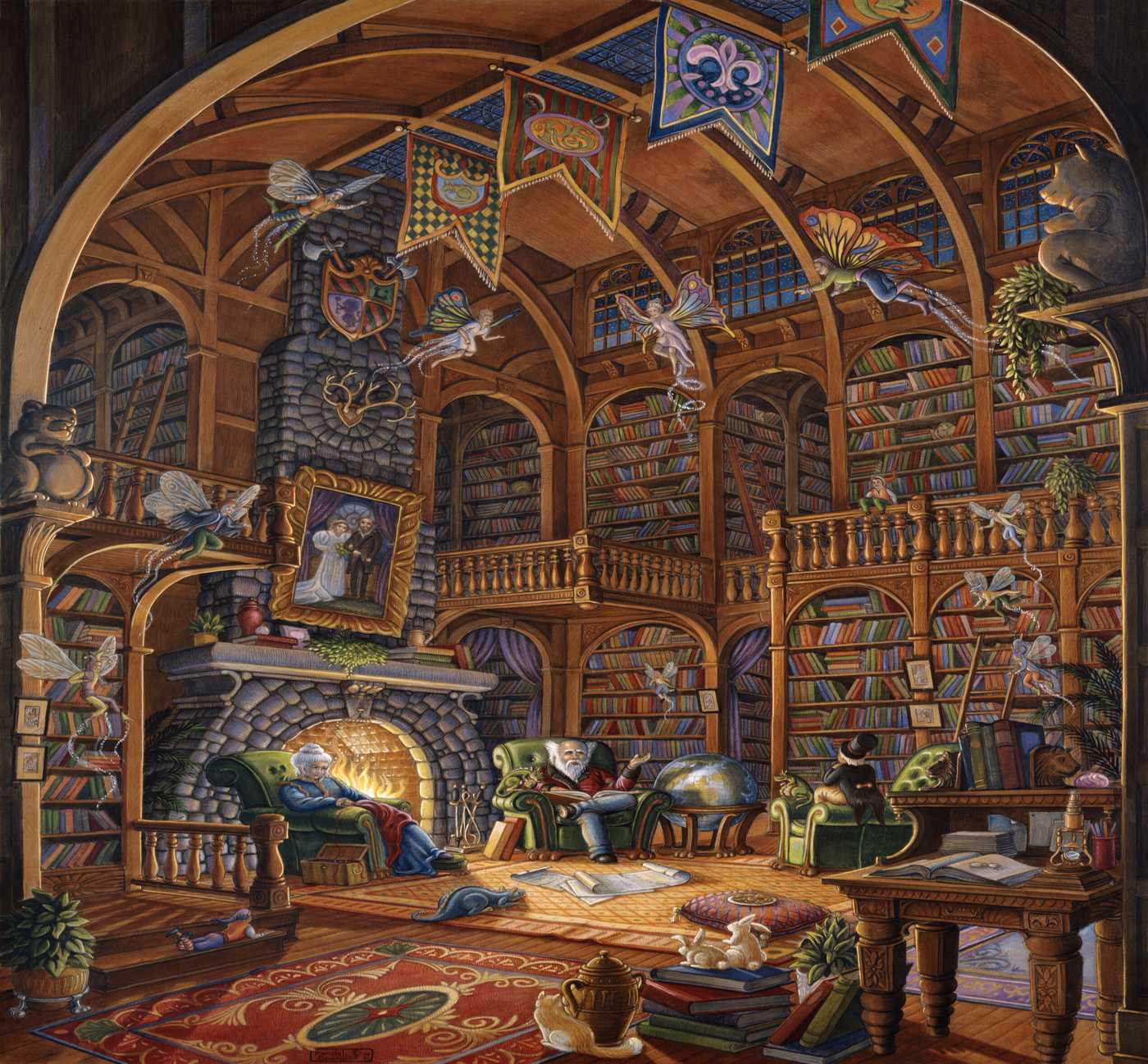What Ignites the Flame? A Journey into the Depths of Inspiration

As you sit there, holding your pencil and looking at the paper, a flood of ideas run through your mind you could use to write children stories. Yet, with each word you write, a sinking realization sets in- either your words echo the familiar or, worse, they ring hollow. They’re just not adding up. How do I create unique ideas? My mind seems stuck in a loop of the same worn-out notions. No matter how I try, all my ideas and stories have been already explored. I crave inspiration for my fairy tales.
I bet most of you have been through this situation, and it seems there’s no story left to write or no message to deliver, or perhaps you stumble upon fleeting sparks of imagination that quickly fizzle out, leaving you search for yet another source of creativity.
In fact, this struggle is common among writers, particularly those new to the craft. So, how do you search for that moment of inspiration? Where can you discover your next significant story idea?
Let’s explore some tips and potent strategies to empower writers, helping them discover inspiration and spark creativity.

What exactly is an inspiration?
What does it take to unlock genuine inspiration? Inspiration can be defined as the spark of creativity ignited by a profound idea, emotion, or experience that propels individuals to create, innovate, or pursue their aspirations. So how can one consistently unravel sources of inspiration, and how to writers sustain a wellspring of idea that continuously fuels their creative endeavors?
How to find inspiration?
Explore Classic Fairy-Tales
The best way to start on the right oath of finding inspiration is to dive into classical timeless stories. Pay attention to the common motifs, archetypal characters, and universal themes. What attracts you most about these stories? Can you put a fresh twist on these elements to create a new narrative inspired by them? Characters are the heart and soul of any captivating narrative. While plots may intrigue us and worlds may mesmerize us, it is the characters who truly resonate with our humanity. As we immerse ourselves in stories, we become emotionally invested in the journeys of these fictional beings. We empathize with their challenges, celebrate their triumphs, and mourn their losses.
In the realm of great storytelling, it is often the characters who leave an indelible mark on our hearts and minds. So, when we seek inspiration or solace within the pages of a book or the frames of a film, it is the characters we cherish the most, for they reflect the depths of our own experiences and aspirations.
While characters undoubtedly form the backbone of a story, let’s not overlook the significant role that settings play, particularly in your preferred genre. When immersing yourself in the pages of inspiration, take a moment to appreciate the power of settings. Identify the landscapes that resonate with you, evoke emotions, and enhance the narrative experience. Similarly, discern the settings that fail to captivate your imagination. Just as characters breathe life into a tale, settings serve as the atmospheric canvas that can elevate or hinder the storytelling journey.
Brainstorming with Other Writers
Although writing often appears as a solitary endeavor, the collaborative process with other writers proves to be remarkably beneficial. Engaging with fellow writers is goldmine for writers seeking inspiration. Writing can often feel like a solitary pursuit, but the truth is, every writer grapples with the challenge of fining g the right words and ideas. So, brainstorming with other writers opens a treasure trove of fresh perspectives. Writers, particularly those more seasoned in your genre, can offer insights and alternative viewpoints that can breathe new life into your creative process. Their wealth of experience allows them to guide you through the expectations and nuances of your chosen genre, offering valuable advice on what works and what doesn’t. Drawing on their own life experiences, these collaborators can contribute a rich tapestry of authentic challenges, elevating your narrative and propelling your storytelling skills to new heights.
Writers can brainstorm with other writers in various online and offline spaces. Online platforms such as writing forums, social media writing groups, and collaborative writing apps provide virtual spaces for writers to connect, share ideas, and engage in brainstorming sessions.
Offline options include local writing workshops, writing clubs, or attending writing conferences and events where writers gather to discuss and collaborate on their creative projects. Whether in the digital realm or face-to face interactions, these spaces offer opportunities for writers to connect, seek inspiration, and collectively enhance their creative processes.
Observe Children’s Interests
Children, with their boundless imagination, unfiltered observations, and genuine sense of wonder, serve as a wellspring of inspiration for writers. Their innocence allows them to perceive the world with a fresh perspective, finding magic in the ordinary and weaving tales that sparkle with creativity.
Writers can draw from the honesty and directness of children, infusing authenticity into their characters and narratives. The challenges and triumphs of childhood, coupled with the innate sense of adventure, provide writers with fertile ground for exploring themes of growth, resilience, and the human experience. By tapping into the unique perspectives and behaviors of children, writers can create stories that resonate deeply, capturing the essence of life through the eyes of the young. Their unabashed display of joy, curiosity, fear, and love can serve as a powerful source of inspiration for writers aiming to convey authentic and relatable emotions in their work.
Observing the dynamics of children in various social settings provides valuable insights into human behavior and relationships, enabling writers to craft nuanced and realistic characters.
Furthermore, the simplicity of a child’s language and their ability to articulate complex emotions in straightforward terms can inspire writers to embrace clarity and simplicity in their own storytelling.
Overall, children’s influence on writers extends beyond the imaginative realm, encompassing a rich tapestry of emotions, social dynamics, and a refreshing approach to communication.
Glance at the World Around You
A writer seeking inspiration for children’s fairytales can find a wellspring of creativity by observing the world around them. Nature’s wonders, from blooming flowers to changing seasons, offer fertile ground for crafting magical settings. Watching children at play provides insights into whimsical characters and adventurous plots, while everyday objects take on new life when infused with a touch of magic. Exploring cultural traditions, architectural marvels, and local events adds richness to the narrative tapestry. The night sky, with its celestial wonders, and historical gems offer further sources of enchantment. Everyday sounds, whether the rhythmic tap of rain or the distant hum of city life, can provide an auditory backdrop for enchanted worlds. Observing the emotions and expressions of people around them, especially the unfiltered joy and curiosity of children, can fuel the creation of endearing characters and heartwarming tales.
Additionally, delving into art, whether it be paintings, sculptures, or street art, can evoke vivid imagery and stimulate the imagination. By embracing the sensory richness of their surroundings, writers can uncover a myriad of inspirations to infuse into the enchanting realms of children’s fairytales.
End Note
As mentioned above, inspiration serves as the magic wand that brings stories to life. Finding inspiration is a journey far from linear, filled with twists and turns, much like the stories themselves.
Through dedication, collaboration, and a willingness to embrace the unknown, writers unlock the door to a world where the extraordinary meets the ordinary. In this space, the magic of storytelling continues to captivate the hearts and minds of young readers, ensuring that the legacy of enchanting fairytales endures for generations to come.




